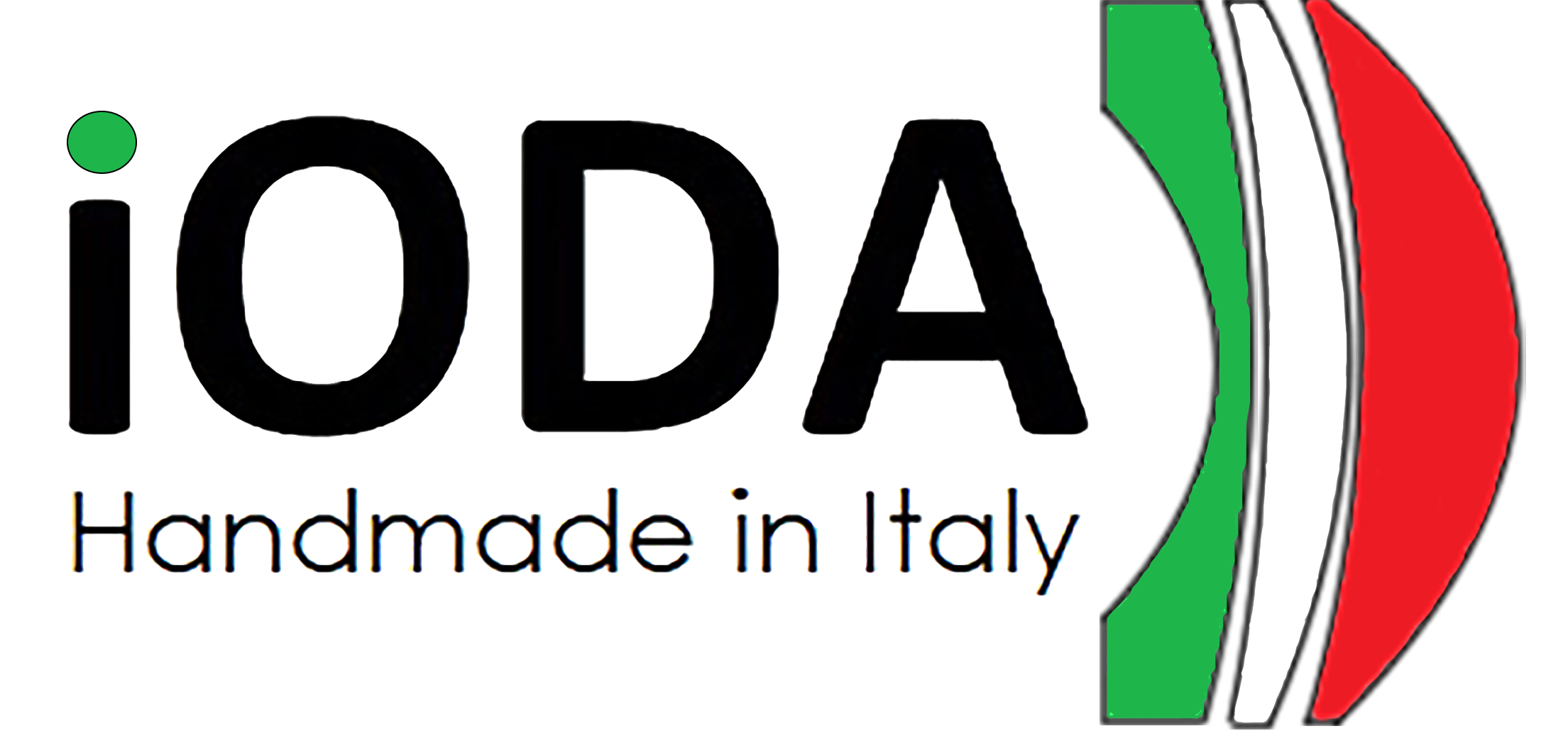

The purpose of the Auto Refractometer Calibration Set is to give you a good tool with which you can check the accuracy of the measurement, comparing the reading value with the true value of the model eye just measured.
The calibration set for auto refractometers or keratometers is equipped with 8 model eyes suitable to cover the whole range of powers of commonly used ophthalmic lenses.
The interval in close steps is designed to ensure control of all measurable powers.
The lenses are made with quality optical glass and with technologies used exclusively for the creation of fine optics.
For the unique identification of the pieces and for their protection, the lenses are inserted in a plastic frame on which the nominal power and the serial number of the set are indicated.
The assembly of the calibration set on the instrument to be checked takes place via a track fixed to the chin guard by two screws; the system is designed to be able to adapt to all self-refractometers on the market.

The measurement of the cylindrical sample axis is made more precise by means of an alignment system (bubble) that allows you to precisely adjust the position of the test eye, especially the horizontal axis.
The set consists of 8 test eyes, of which 7 are spherical and 1 toric, in detail:
- 3 test eyes with refractive error of: -5.00; -10.00; -15.00 diopters.
- 3 test eyes with refractive error of: +5.00; +10.00; +15.00 diopters.
- 1 test eye with refractive error of: 0.00 diopters.
- 1 toric test eye with refractive error of 0.00 / -3.00 diopters on the 2 main axis.
The orefractive error is obtained from the geometrical and physical characteristics of the test eyes.
You can download the calibration document of the set , it is as example (Refractometer_Sample.pdf)
This set has been manufactured in accordance with ISO standards.
In particular, the ISO 10342 standard certifies the characteristics of the test eyes that make up the calibration set for Autorefractometers – keratometers.
The calibration set is supplied with a sturdy and elegant protective case and is accompanied by an original technical report issued by the National Institute of Optics based in Arcetri (Florence) which certifies the refractive error of each test eye, the tolerance and the method used for the measurement, according to ISO 10342.



 Italiano
Italiano